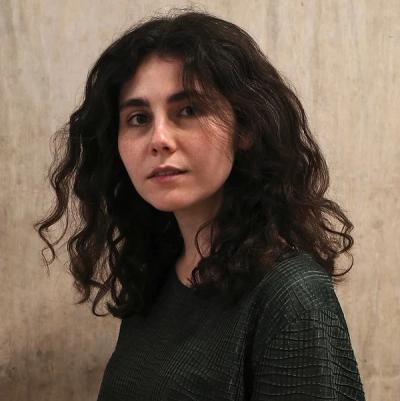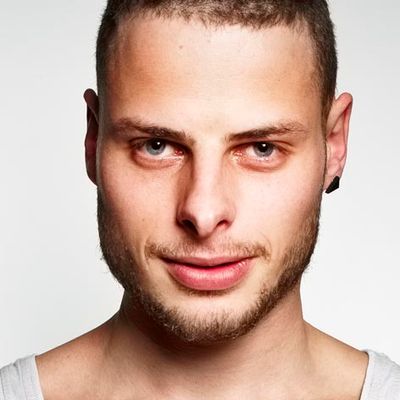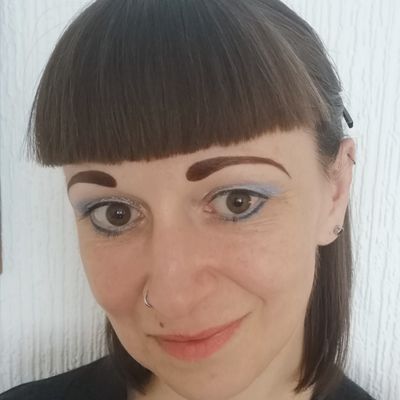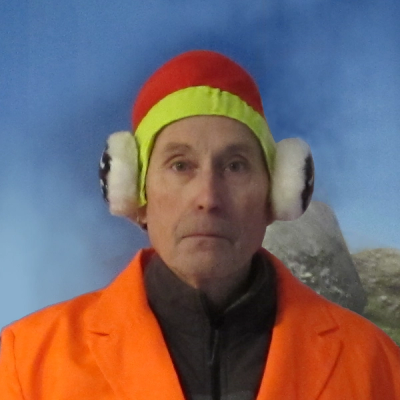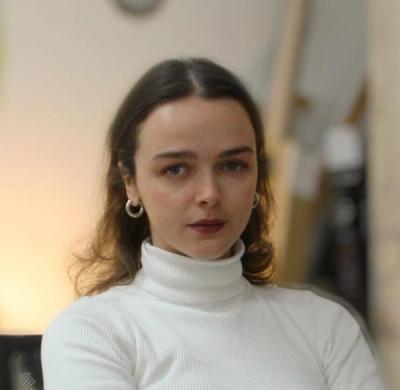Last Universal Common Ancestor

resources | |
|---|---|
| Gallery at LIS -- LUCA Exhibition Announcement | |
Tracing the evolutionary tree back far enough leads us to the Last Universal Common Ancestor (LUCA)—a single-celled organism that lived over four billion years ago in the thermal vents of deep-sea volcanoes. This exhibition pairs LUCA with another speculative figure—the Last Thinking Being (LTB)—to explore the tenuous thread that connects life’s beginnings and its ultimate end, reflecting on the fragility and unpredictability of existence.
Invoking the unsettling premise of Ray Bradbury’s "The Sound of Thunder," where a single misstep in the past alters the future irrevocably, the exhibition frames LUCA as representing the infinite creative energy of life, while embodying the possibility of unfulfilled potential. The speculative conversation between LUCA and the LTB imagines what literary theorist Kate Marshall describes as “a world that can be narrated after human consciousness has been obliterated.” It wrestles with the idea of how to narrate a world when narrative itself is inherently human, pushing us to consider perspectives beyond our own.
The gallery space transforms into a site where LUCA and the LTB converse across vast expanses of deep time. This dialogue, unfolding through SEADS’ visuals and soundscapes, Mary Pedicini’s sculptures, and Hanne Peeraer’s painting, examines mortality, extinction, and the end of time. LUCA’s presence in the gallery is ghostly and ever-changing—an unrealizable entity that embodies both the potential for creation and the inevitability of an end. This exchange embodies Marshall’s observation of narratives that strive “to lodge consciousness in everything,”.
The speculative framework of “LUCA” not only highlights the creative energy inherent in life but also challenges the deep-rooted belief in human exceptionalism. LUCA collapses the boundaries between species, inviting us to consider ourselves as deeply intertwined with all other forms of life. By foregrounding these non-human dramas, the exhibition draws human fears into a broader context, suggesting that life’s narrative is far richer and more complex than any single species can comprehend.
Through the dialogue between the LUCA and the LTB, the exhibition reflects on life’s potential, the inevitability of death, and the unknowable future. It challenges us to imagine alternative realities—where humans did not rise to dominate, where an intelligent species might live in balance with its environment, or where life’s creativity unfolds in endlessly different ways. “LUCA” ultimately prompts us to reconsider our place within the grand narrative of existence, embracing a humbling connection to the earliest and final moments of life on Earth.
Exhibition Details: Last Universal Common Ancestor will be on view from 6th to 26th September 2024 at The Gallery at The London Interdisciplinary School.








Participating SEADS members
